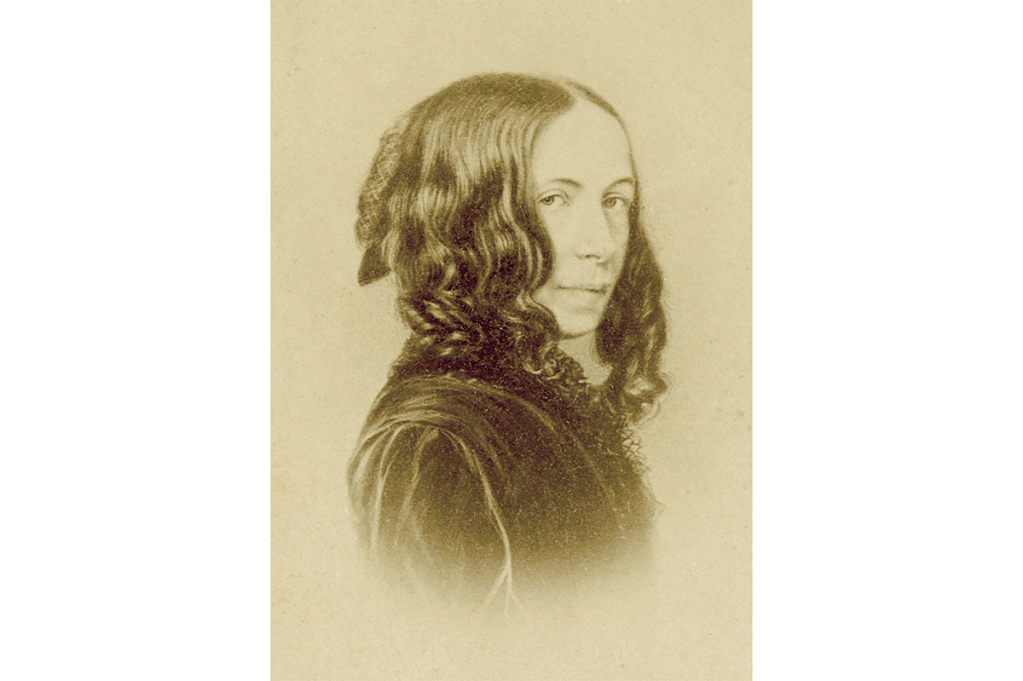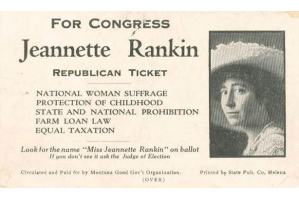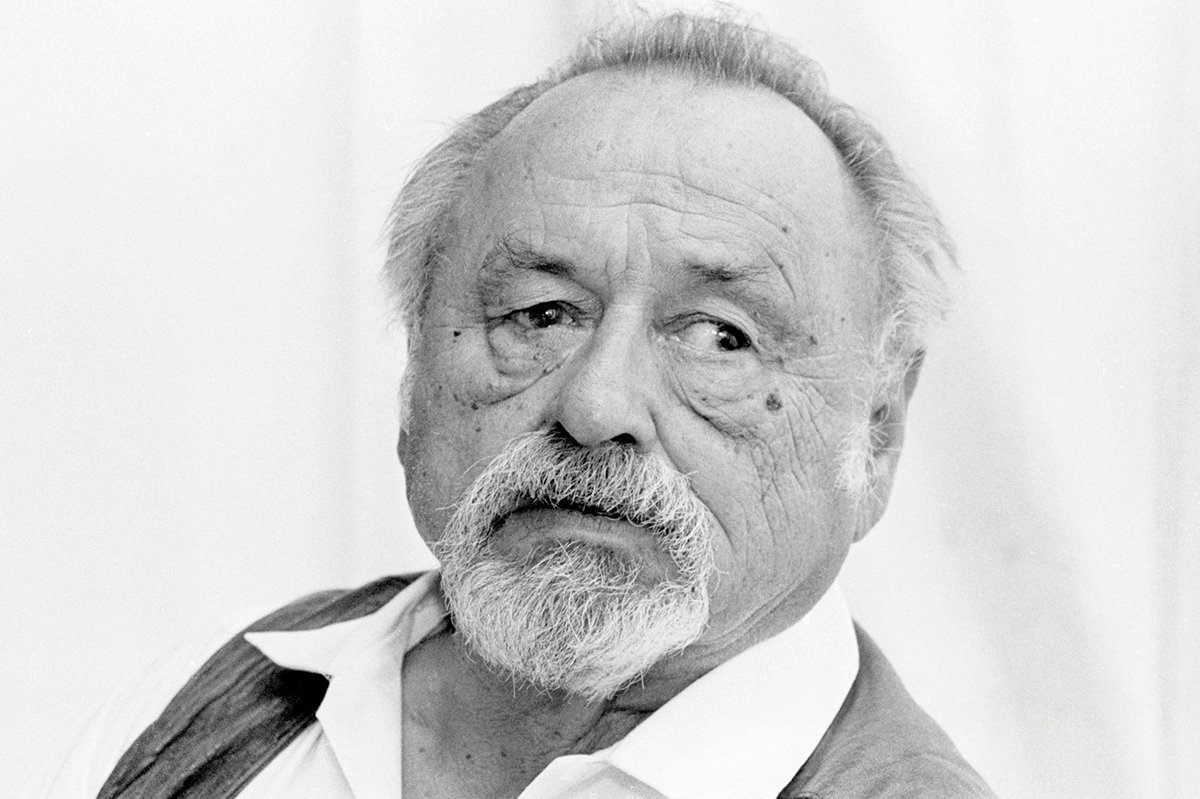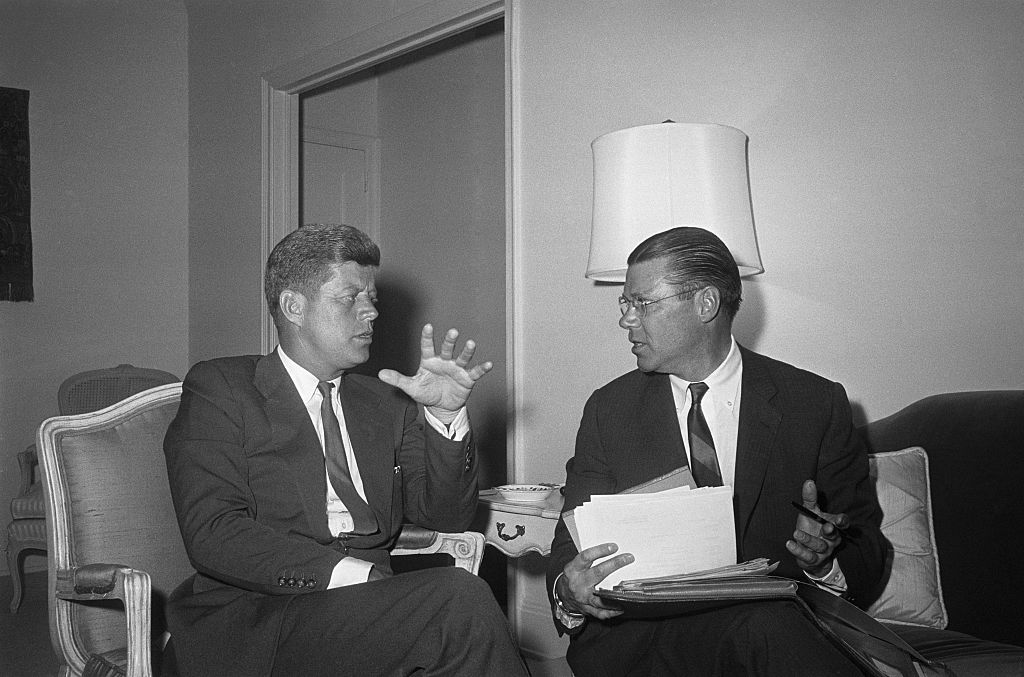‘Ah, did you once see Shelley plain?’ asks the speaker in Robert Browning’s poem ‘Memorabilia’. Yet few of Browning’s contemporaries are as hard to see plain as his own wife: the poet who was known to her family as ‘Ba’, signed herself ‘EBB’ and published a number of popular works under her married name, Elizabeth Barrett Browning.
During her lifetime she was one of the most admired poets of the age: a framed portrait of her hung in the bedroom of Emily Dickinson, and when Wordsworth died in 1850 there was serious talk of her becoming the first female poet laureate. Since her death in 1861, however, her reputation has sunk like a bad soufflé. For many readers, knowledge of her poetry is now restricted to a single line reproduced every year on thousands of Valentine’s Day cards — ‘How do I love thee? Let me count the ways’ — while her lifelong struggles with illness and laudanum addiction have been replaced in the popular imagination by sugary romances such as Rudolf Besier’s 1930 play The Barretts of Wimpole Street and its 1964 musical adaptation Robert and Elizabeth.
Even the Google Doodle that celebrated her birthday in 2014 turned her into a girlish figure who appeared to be oddly fascinated by a wilting flower. Tiny in real life (Annie Thackeray described her as ‘very very small, not more than four feet eight inches I should think’), in death she has been treated more like a wax doll: a pretty simulacrum of a human being without any inner life at all.
The central aim of Fiona Sampson’s new biography is to strip away the illusions we have about this unfashionable poet and get far closer to seeing her as she was. It is a bold attempt to understand EBB as she was before her reputation started to ebb.
She was born in 1806, and her early life was in many ways a pastoral idyll. Growing up in a large country house in Herefordshire that was (to her considerable embarrassment as an adult) paid for by her family’s involvement in the slave trade, she was as a child encouraged to write poetry that made up in confidence for what it lacked in skill. An ode on her sister Henrietta includes the lines: ‘But now you have a horrid cold, /And in an ugly night cap you are rolled.’
Then it all started to go wrong. By the time she was in her twenties, a long list of symptoms that included intense physical pain, crippling fatigue and bronchial infections that caused her to cough up what Sampson refers to as ‘slugs of yellow, grey, green mucus’ meant that she spent most days confined to her bedroom and a ‘little slip of sitting room’ on the third floor of 50 Wimpole Street, the family’s new London home. The turning point of Elizabeth Barrett’s life was her first meeting with the man who would become her husband.
Not only did they meet frequently in person — Robert would end up making 91 visits to Wimpole Street in total — they also wrote to each other almost daily, lovingly playing around with each other’s choice of language in a series of intimate allusions and private jokes. Each time one of Elizabeth’s letters left her bed-sitting room to make its way across London it was like a literary exercise in elopement.
After a secret marriage and rapid departure from Wimpole Street in 1846, their final destination was Italy, where they moved into a seven-room apartment in the Palazzo Guidi in Florence.
Following this honeymoon period and the birth of a son, whom they jokingly nicknamed Pen, they seem to have drifted apart in terms of their daily activities. After disagreeing over matters such as spiritualism (Elizabeth was intrigued and hopeful, whereas Robert dismissed it as an absurd hoax), Sampson reports that within a few years they were ‘leading almost parallel lives’. Yet they remained as close as ever on paper. There is something painfully moving in Robert’s report of his wife’s last illness, as he lifted her up towards him and she kissed him repeatedly, even kissing the air after he had laid her back on the bed, and murmuring ‘Beautiful… beautiful’ as she held out her hands to him one last time. When she died he was broken by grief. ‘How she looks now’, he wrote from her deathbed, ‘how perfectly beautiful’.
The individual who emerges is not the sad-eyed invalid we are familiar with, but an ambitious woman who enjoyed teasing men. One letter to Robert during their courtship breaks off with an ellipsis that is also a saucy come-on, telling him that she longs ‘for some experience of life & man, for some…’ This is a fine contribution to a growing number of biographies that try to pick off the barnacles of rumor and legend that have attached themselves to the lives of writers, and instead reveal them as they really were — or at least how they appear to us now.
This article was originally published in The Spectator’s August 2021 World edition.

























